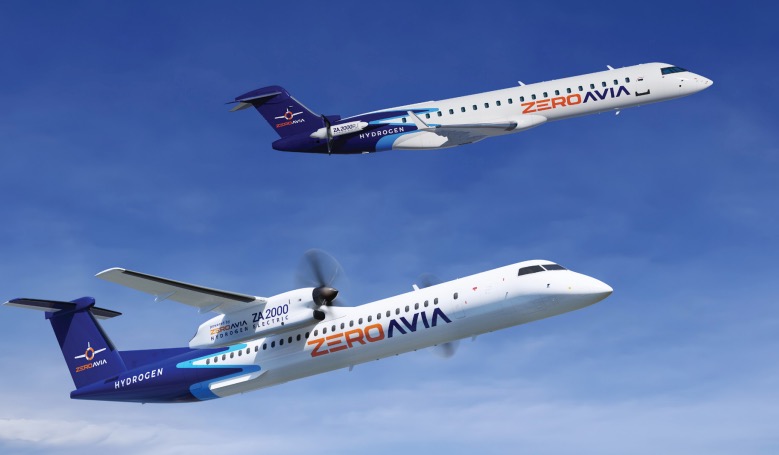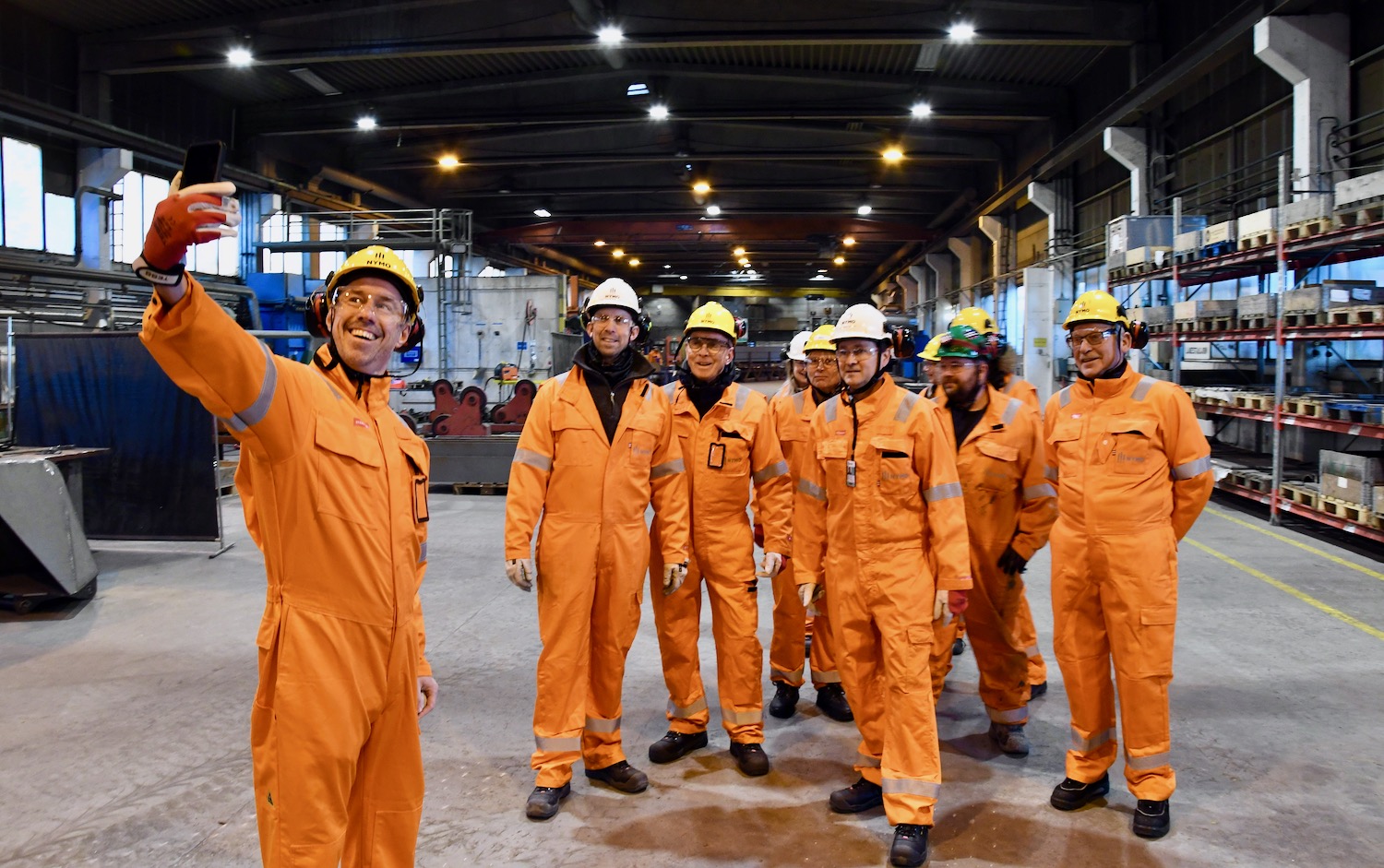“I feel confident that this will happen,” says Arne Johan Johnsen, Airport Manager at Kristiansand Airport Kjevik.
Avinor, the Norwegian aviation infrastructure company, supports a project to establish the first ever hydrogen powered commercial air route between Oslo and Kristiansand.
The ambition was introduced last year by the Oslo City Council Leader Eirik Lae Solberg in a letter to Kristiansand Mayor Mathias Bernander. Bernander supports the idea, stating that it will boost the emerging hydrogen industry in Agder.
Influential stakeholders welcome the initiative, including Avinor, which is fueled by its own target to reach emission-free air transportation in Norway by 2050. When emission-free, air travel will be the most environmentally friendly form for travel, as it requires no roads or railway lines.
“We are in favor of ambitious plans. We need to aim high if we want to decarbonize aviation. There are many technical and logistical obstacles to negotiate before the first hydrogen powered plane can leave the ground,” Johnsen points out.
PRICE AND STORAGE
Hydrogen powered air travel has been around for more than two centuries. In 1783, the French brothers Anne-Jean and Nicolas-Louis Robert built the world’s first manned hydrogen balloon and went on a two-hour long flight.
Using hydrogen to fuel modern jet engines is another ball game. Hydrogen is considerably lighter than conventional jet fuel and has less volumetric density. Consequently, it requires four times more storage room. While a balloon offers massive room, a modern aircraft needs to be sleek and cannot afford the weight of big hydrogen tanks.
The fact that liquid hydrogen requires a storage temperature of minus 253 degrees Celsius is another issue. In gaseous form it needs to be compressed, typically in the range from 150 to 700 bar, which entails safety issues when it comes to transportation and storage.
TECHNOLOGY RACE
While the technical obstacles to hydrogen powered aviation are numerous, so are the engineers working relentlessly to solve them. Airbus, Avinor, SAS, Swedavia and Vattenfall recently signed a Memorandum of Understanding to investigate the feasibility of a hydrogen infrastructure at airports in Sweden and Norway.
Also, Airbus has unveiled its ambition to bring to market the world’s first hydrogen-powered commercial aircraft by 2035. Johnsen says that there will be a fierce technological race to develop the necessary solutions to introduce emission-free hydrogen powered aviation.
“Airports need new infrastructure for hydrogen, and airplanes need new engines and sufficient fuel storage capacity. Huge profits await the smartest brains that come up with the best solutions,” says Johnsen.
On Thursday 29 February, Johnsen will elaborate on the plans for emission-free hydrogen powered flights when the Agder H2 Network gathers in Kristiansand. Read more and sign up



